Is Salt and Calcium Carbonate Mixed Together Baking Soda?
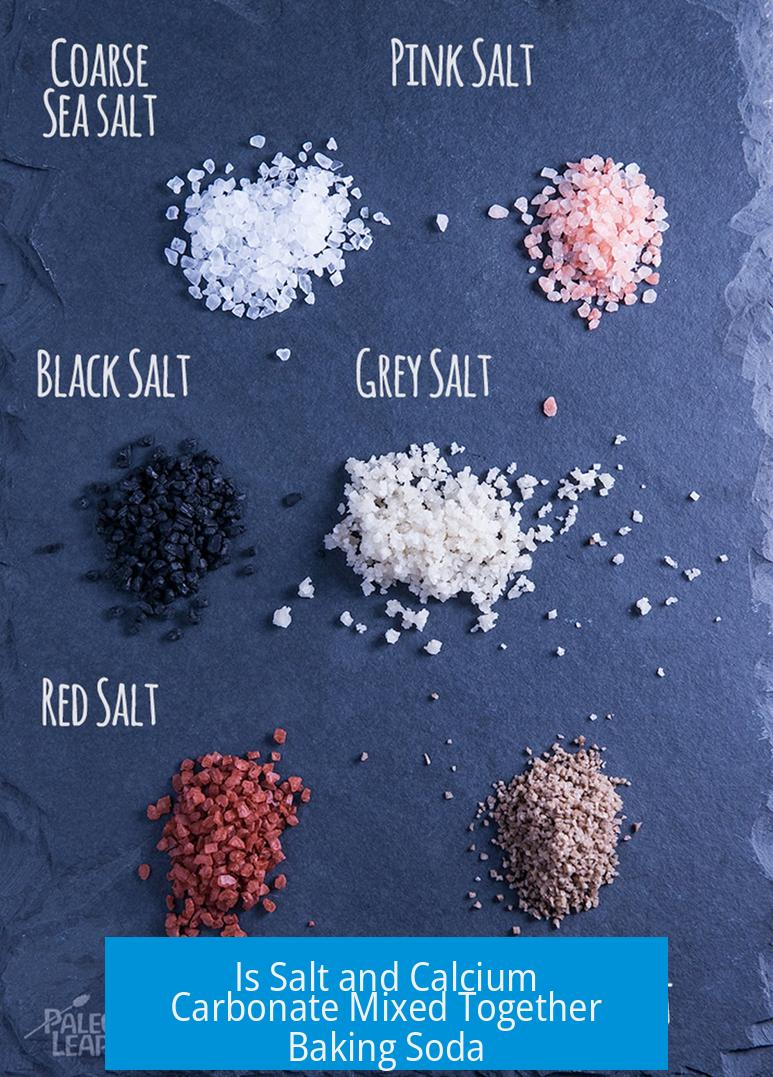
Salt (sodium chloride) and calcium carbonate mixed together do not form baking soda (sodium bicarbonate). They are distinct chemical compounds with different formulas and properties.
Chemical Composition of Each Substance
- Baking soda: Sodium bicarbonate (NaHCO3).
- Calcium carbonate: CaCO3, found naturally in chalk and eggshells.
- Salt: Sodium chloride (NaCl), common table salt.
These substances differ at the molecular level. Baking soda contains bicarbonate ions, which give it distinct chemical behavior.
Why Mixing Salt and Calcium Carbonate Does Not Produce Baking Soda
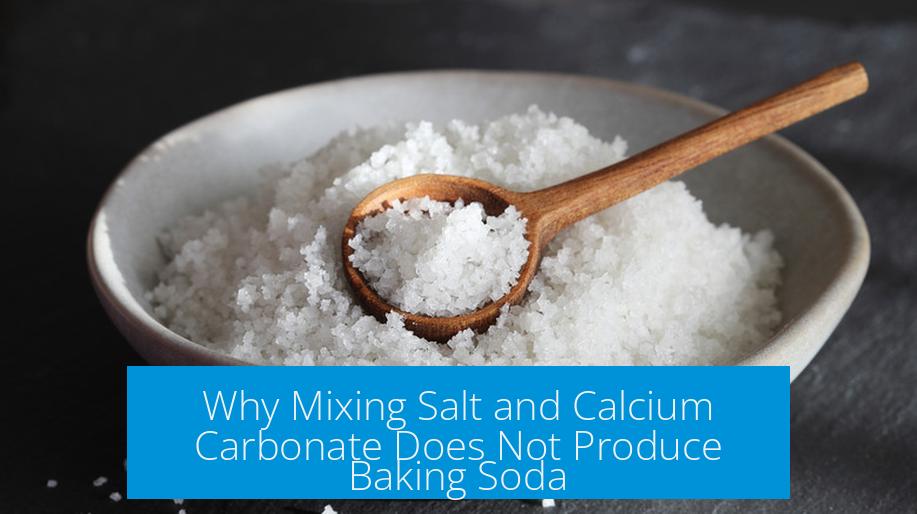
Mixing sodium chloride and calcium carbonate creates a physical mixture only. No new chemical bonds form between them.
- Salt and calcium carbonate are mostly insoluble with each other and do not react chemically under normal conditions.
- Baking soda, on the other hand, requires a specific chemical structure featuring bicarbonate ions (HCO3−), which neither salt nor calcium carbonate provide.
- Forming sodium bicarbonate needs a chemical reaction involving sodium, carbon dioxide, and water under controlled conditions.
Mixture vs Compound
A mixture retains the individual chemical identities of its components. Calcium carbonate and salt mixed together remain separate entities.
A compound such as baking soda has a unique chemical formula and structure formed through definite chemical bonds.
Functional and Practical Implications
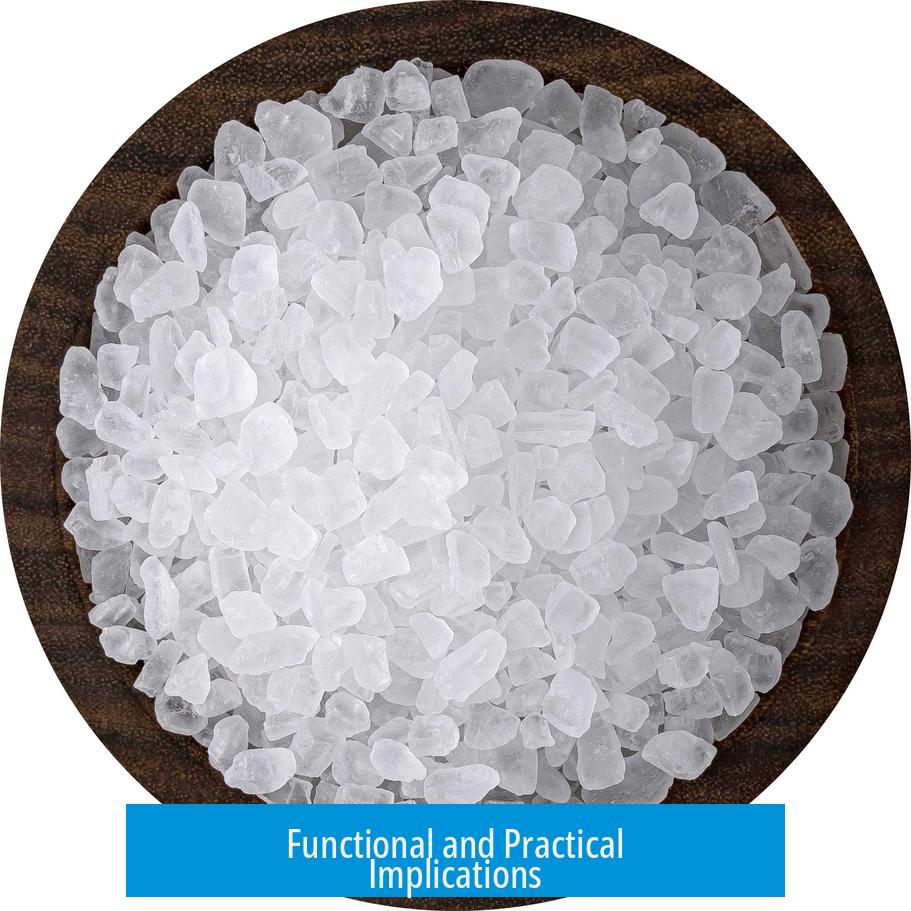
Baking soda’s chemical properties differ from those of salt or calcium carbonate. For example, baking soda acts as a mild base and can release carbon dioxide under acidic conditions.
Calcium carbonate is often used as an antacid or filler, while salt is used primarily for seasoning and preservation.
Understanding these distinctions is important in applications like cooking, cleaning, or dental treatments where specific chemical actions are required.
Key Takeaways
- Sodium bicarbonate (baking soda) is chemically different from salt (NaCl) and calcium carbonate (CaCO3).
- Simply mixing salt and calcium carbonate does not produce baking soda.
- Baking soda is a distinct compound with a unique molecular structure.
- Mixing insoluble substances does not yield new chemical compounds.
Is Salt and Calcium Carbonate Mixed Together Baking Soda? Are They the Same Chemical Makeup or No?
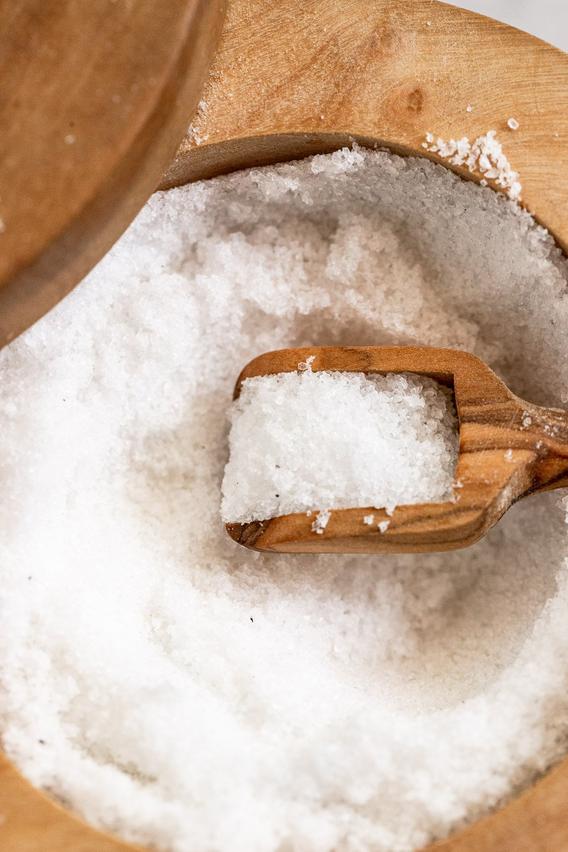
No, mixing salt and calcium carbonate does not create baking soda, as they are chemically distinct compounds with unique formulas and properties. Let’s dive deeper into why these substances are not interchangeable, even if they all look like powders you might find in your kitchen or bathroom cabinet.
At first glance, salt, calcium carbonate, and baking soda might seem like similar white powders. But appearances can be deceiving. Each substance has a unique chemical identity that impacts its uses and reactions.
The Chemical Identity Crisis
Baking soda is chemically sodium bicarbonate (NaHCO3). Calcium carbonate is something else entirely (CaCO3), often showing up in nature as chalk or eggshells. Table salt? That’s just sodium chloride (NaCl).
Notice the difference already? Baking soda contains sodium, hydrogen, carbon, and oxygen. Calcium carbonate swaps the sodium with calcium and lacks hydrogen. Salt, meanwhile, swaps out carbonate for chloride.
So yes, these are three very different compounds. Saying salt plus calcium carbonate equals baking soda is like saying apples plus oranges equal bananas. It just doesn’t work that way.
Why Can’t You Just Mix Them to Get Baking Soda?
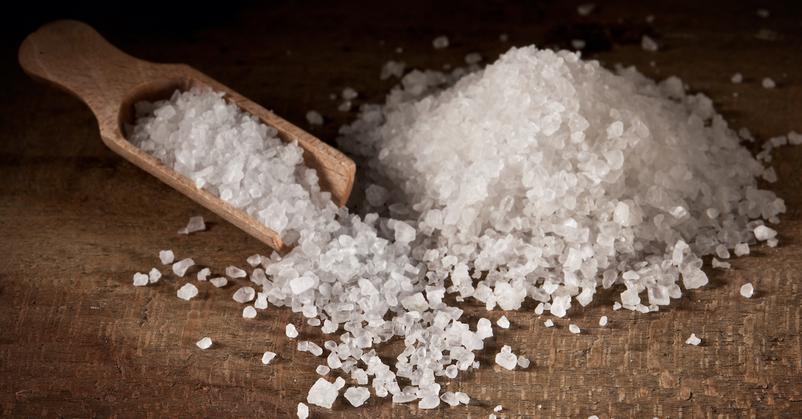
This brings us to a fundamental chemistry concept: mixtures vs. compounds.
- A compound is a substance formed when elements chemically bond together. Baking soda is one such compound—sodium atoms linked with bicarbonate groups.
- A mixture is just different substances physically combined without chemical bonding. Salt and calcium carbonate mixed together is simply that: a mixture.
Mixing salt (NaCl) and calcium carbonate (CaCO3) won’t trigger any chemical reaction that turns them into sodium bicarbonate (NaHCO3). Their molecules don’t rearrange themselves spontaneously just because they’re thrown together. Plus, solubility issues further reduce chances of reaction—salt dissolves readily in water; calcium carbonate does not.
Practical Consequences: Why Does This Matter?
Think about toothpaste or household cleaning agents. Baking soda is a mild abrasive and a weak base. Calcium carbonate is also abrasive but reacts differently, and salt primarily flavors and preserves but does not mimic these properties chemically.
Dental hygienists know toothpaste ingredients aren’t interchangeable. Baking soda uniquely helps neutralize acids, providing whitening and cleaning benefits that salt or calcium carbonate alone cannot.
How Did We Get This Confused Anyway?
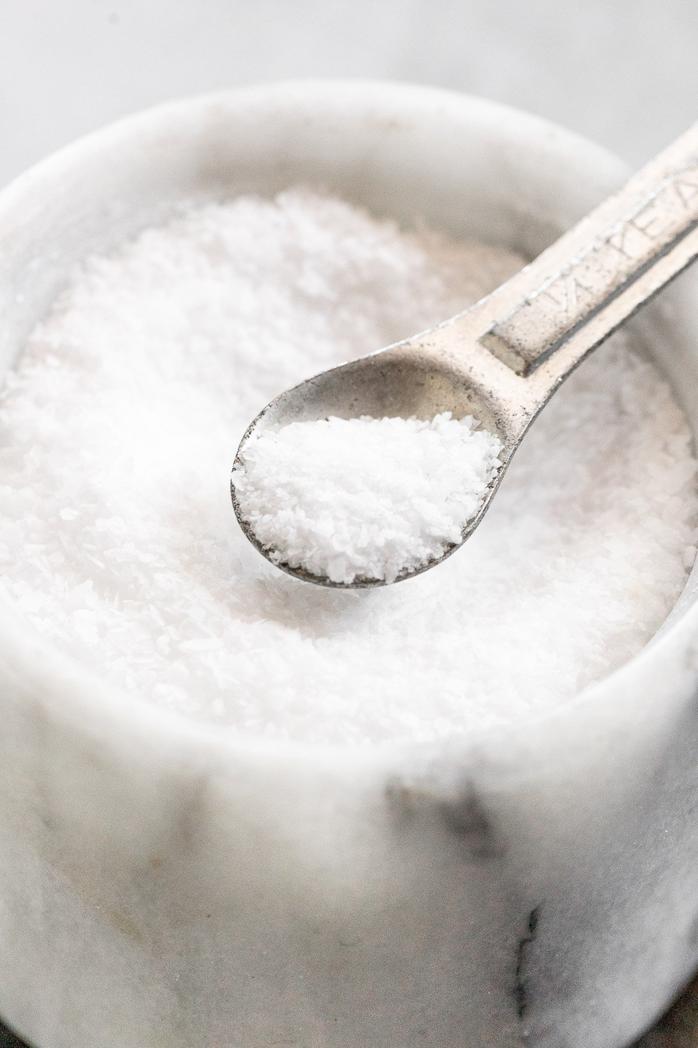
It’s easy to get mixed up, especially since these substances look similar. You might see chalk (calcium carbonate) and baking soda side by side in the groceries and wonder if they are the same.
Or consider common expressions, like a pinch of salt in recipes or a scoop of baking soda for baking and cleaning. The names “carbonates” and “bicarbonates” sound alike but behave differently due to molecular arrangement.
Examples in Real Life: Why Understanding Chemistry Helps
When baking cookies, using baking soda makes your dough rise because it releases carbon dioxide during baking. If you substitute calcium carbonate or salt, your dough stays flat.
Cleaning with baking soda removes grime due to its mild alkalinity and reactivity. Salt and calcium carbonate lack this trait in typical household conditions.
The next time you grab baking soda for deodorizing your fridge, remember: it’s sodium bicarbonate’s magic at work—not a lucky combination of salt and calcium carbonate powders.
What About Homemade Experiments?
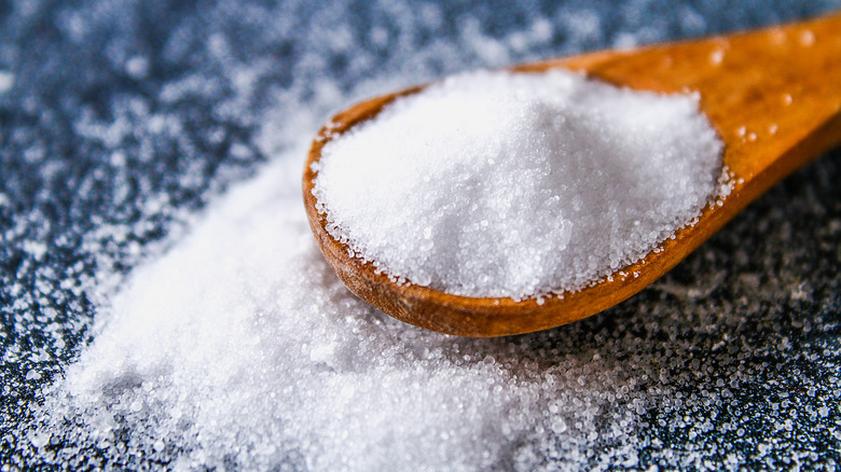
Curious minds sometimes wonder if mixing things might spark surprises. But scientists and hobbyists confirm no baking soda forms from simply mixing these powders. You need precise chemical reactions under controlled conditions to synthesize sodium bicarbonate.
For instance, authentic baking soda production involves carbon dioxide reacting with sodium carbonate in water, not just salt and chalk sitting side by side.
Summary Table of Differences
| Substance | Chemical Formula | Common Uses | Physical Properties | Key Note |
|---|---|---|---|---|
| Baking Soda | NaHCO3 | Baking, cleaning, deodorizing, neutralizing acids | White powder, soluble in water | Compound, chemically reactive |
| Calcium Carbonate | CaCO3 | Eggshells, chalk, antacid, construction | White powder, insoluble in water | Compound, abrasive, not reactive like baking soda |
| Table Salt | NaCl | Seasoning, preserving food | Crystalline, soluble in water | Compound, does not act as baking soda |
Your Takeaway?
Next time someone says mixing salt and calcium carbonate will get you baking soda, you’ll know better. These powders may share some letters in their chemical formulas, but they are not interchangeable. Baking soda stands on its own, celebrated for its unique properties and reactions.
Understanding these differences saves time, prevents kitchen disasters, and helps you use the right substance for your task, whether baking cookies, cleaning surfaces, or caring for teeth.
So what’s in your white powder jar? If it’s baking soda, congrats: you have the genuine article. For chalk or salt, well, keep those for their own jobs—and don’t mix hoping for baking soda magic!
“Chemistry isn’t just for scientists in labs; it’s the hidden story behind every kitchen, every cleaning routine, and every dental visit.”


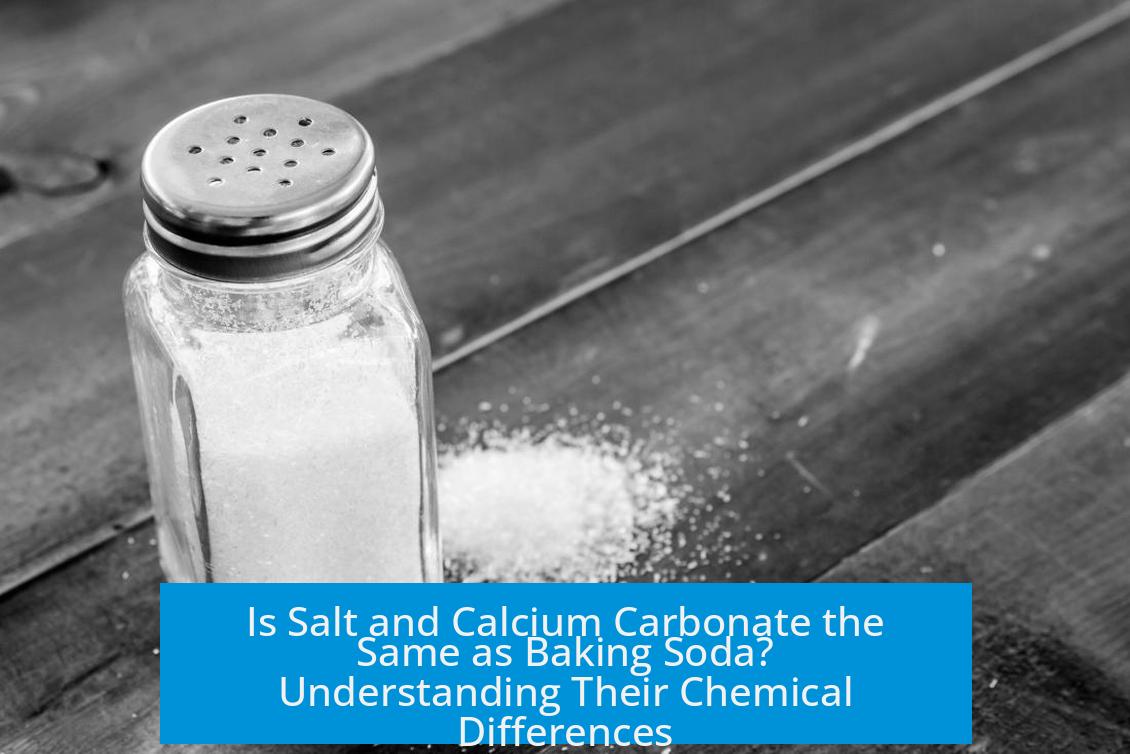

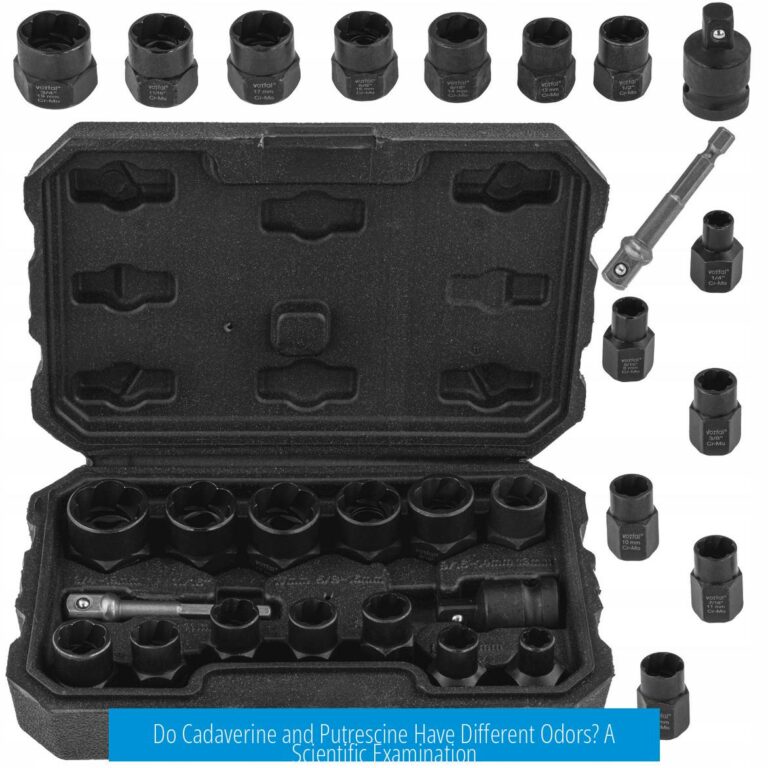
Leave a Comment